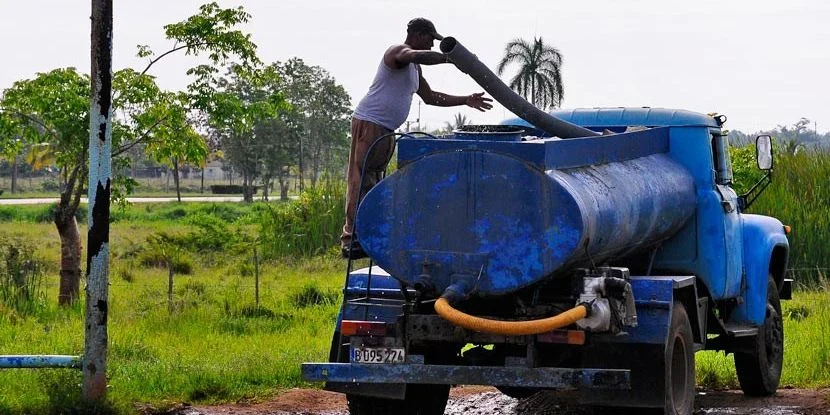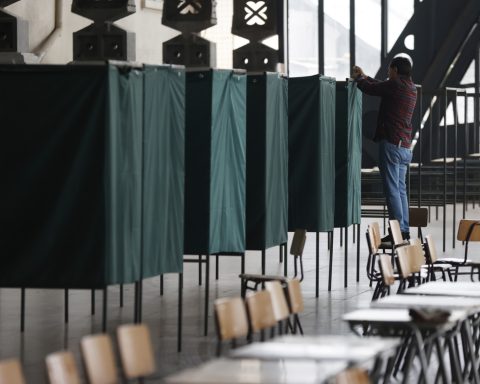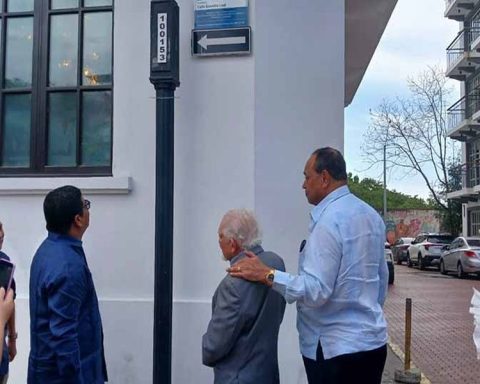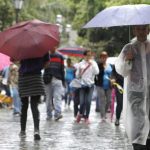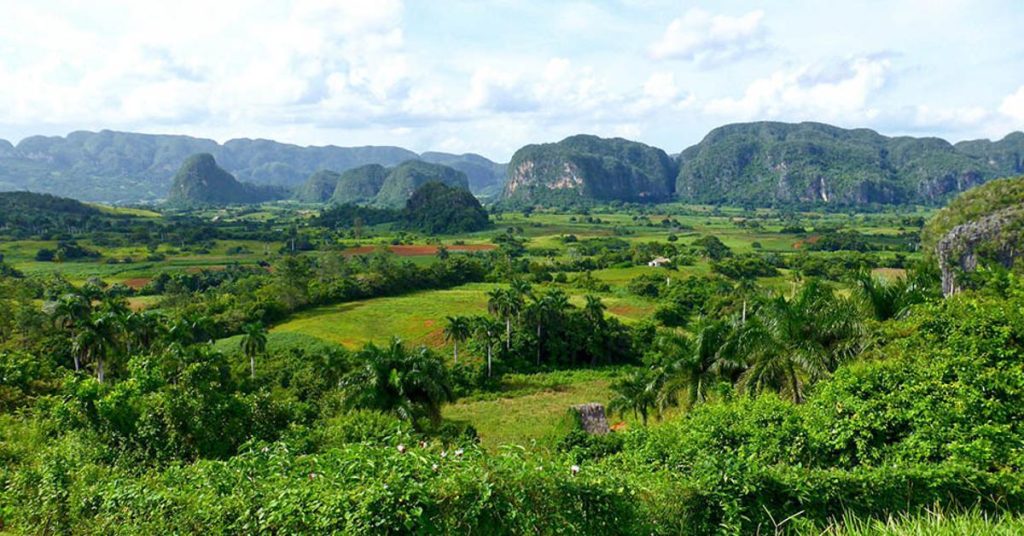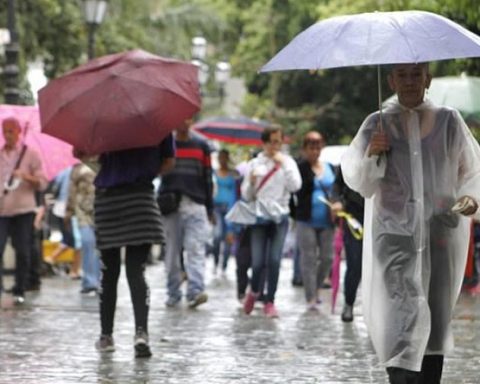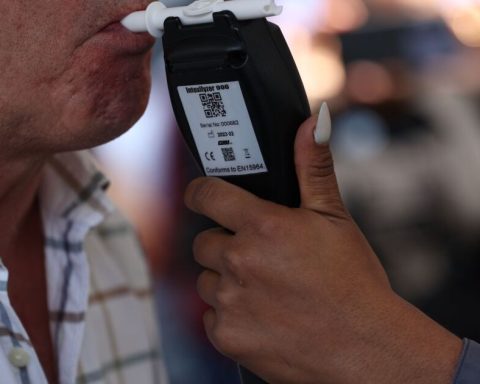MIAMI, United States. – More than 600,000 Cubans depended on piped water service in 2024, according to the most recent report from the National Institute of Hydraulic Resources (INRH), which was quoted by the state-run Cuban News Agency (ACN).
Most of the affected people received the supply through tank cars; The rest, without networks or infrastructure for supply, were served by third-party providers.
INRH specialists indicated that, at the end of October, the number of users with this type of service decreased by more than 43,000 thanks to investment and maintenance work. However, the report reveals that 80% of all clients obtained water with delivery cycles of more than 15 days, including some that do have aqueduct networks.
According to a report from April 2024 from the official media Cubadebatemore than 2.2 million Cubans do not have regular access to water.
The existing infrastructure on the Island “benefits more than 8.8 million people, with more than 48 percent of them benefiting from a supply system with indicators of quality, accessibility and availability that make them systems marked by safe management. ”, reported the media.
The remaining population must make do with “other media”which include pipes, wells, and other shapes. “The rest of the population receives the service through other modalities, such as the supply of water in pipes. We try to reach as many Cubans as possible and grow in that aspect every day. Although we still have some problems, especially in availability, we have managed to reduce service cycles,” said Alexis Acosta Cruz, vice president of the OSDE Water and Sanitation.
According to the statistics presented, 48.7% of the population receives the service safely and 30.7% has a basic service.
In total, of the 8.8 million that have service, 8.3 million people have connections within their homes to receive water and more than 447,000 Cubans receive water in tanker trucks permanently.
Of the population that benefits from some infrastructure, only half (4 million) have daily supply service. The rest receive it on alternate days (2 million inhabitants); in a period of three to nine days (1.5 million) and every 10 or more days (566,227 citizens).
In addition, currently some 535,876 people are affected by “eventualities”, equipment breakages or breakdowns in collection works, lack of electricity, drought, among other problems.
